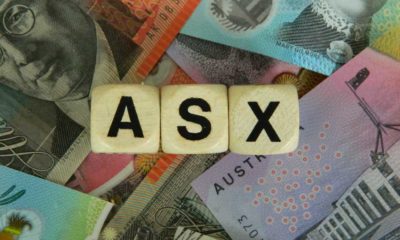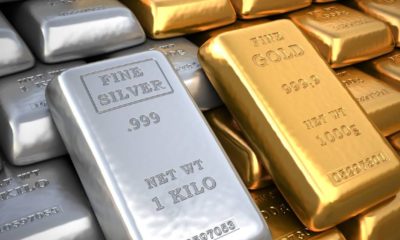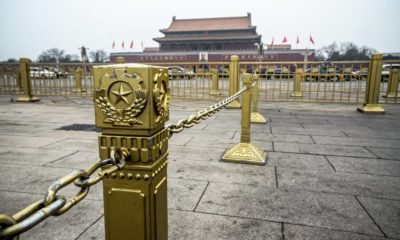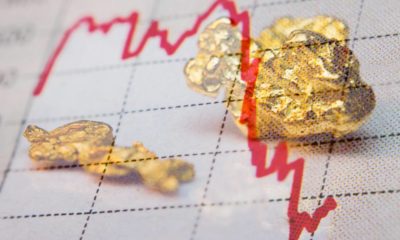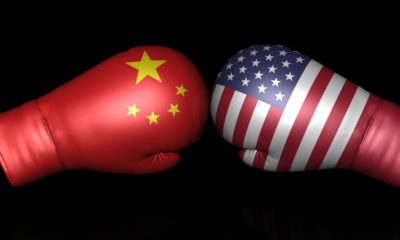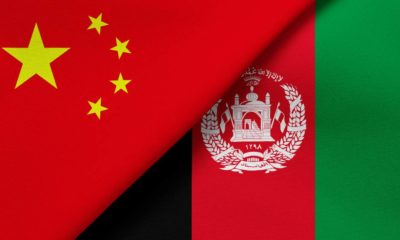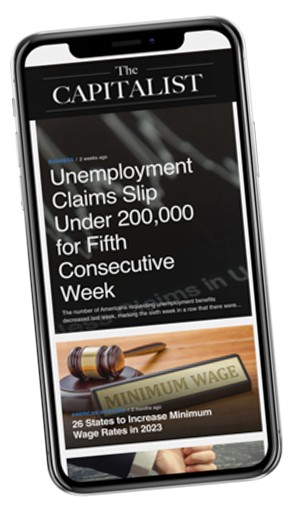Gold
Shifts in Gold Price, The bullion market impacted by the Protests
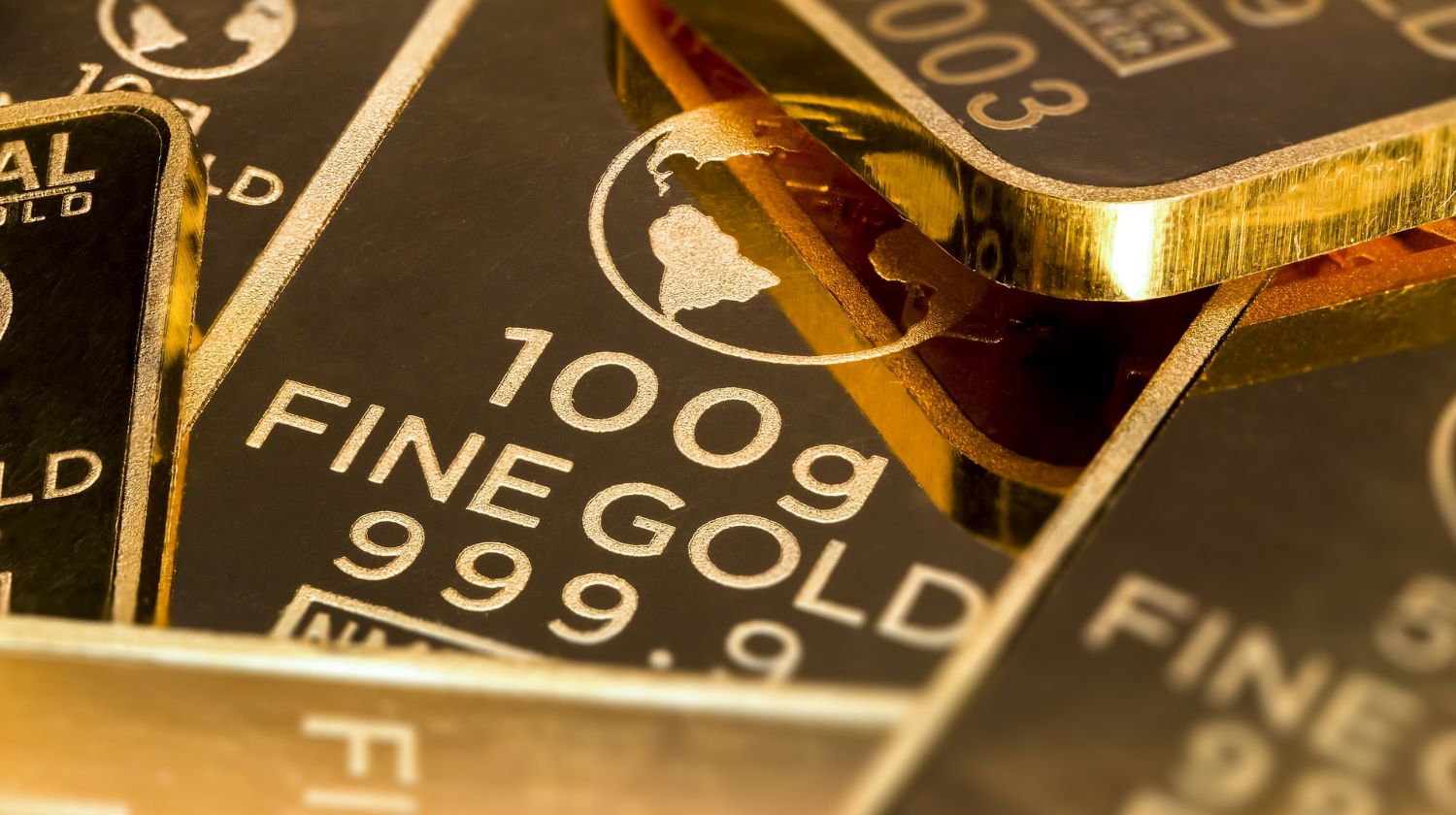
Gold Pricing, below Production Costs

The U.S. Mint reported sales of over 50,000 ounces of American Eagle gold coins in September.
The highest since January and double its August sales. Analysts believe that the Fed stance to continue the zero interest rate regime, lower margins owing to a weak economy and a bout of low grade bonds offer a positive fallout for gold.
Investors are adding gold as a hedge in their portfolios in response to the current market situation.
Sovereigns & Central banks have bought an estimated 650TN of gold, since it hit $1,30/oz.
Prices of Gold Remain LOW! But for how long?
Gold price hovers at $1217/oz. This can be attributed to the highly leveraged paper market in gold, which is a multiple of the physical market. The paper market is driving the precious metal market to the extent that it has rendered many companies non-profitable.
Physical gold is now priced below its production cost, making it an excellent opportunity to acquire the asset.
Hong Kong Affecting Gold Prices
Hong Kong celebrates a Golden Week Gold received a marginal boost by the on-going Hong Kong protests, as the price rose by $2.10 to $1217.50/oz. on September 29. Hong Kong has helped with this slight bump, despite the demand for gold being down in China. It is hoped that the “Golden Week” holidays in China will offer a thrust to gold prices. However, if the protests intensify, it may disrupt the early October holiday during which Hong Kong sees an influx of tourists and increased sales at jewelry and other luxury outlets.
Wariness because of protests, Negative effect on stock prices.
Go to 21 Instagram Photos from the Hong Kong Protests That China Doesn't Want You to See
While gold is weighed down by the strengthening dollar, it is supported by the mounting geopolitical risks globally.
The bullion market was recently impacted by the rising protests in Hong Kong and fear of looming civil unrest. Thousands of pro-democracy supporters, occupied the financial center of Hong Kong, causing the Hong Kong stock market to dip by two percent. The global markets resonated the negative mood, as American, European and Asian stocks were adversely impacted.

